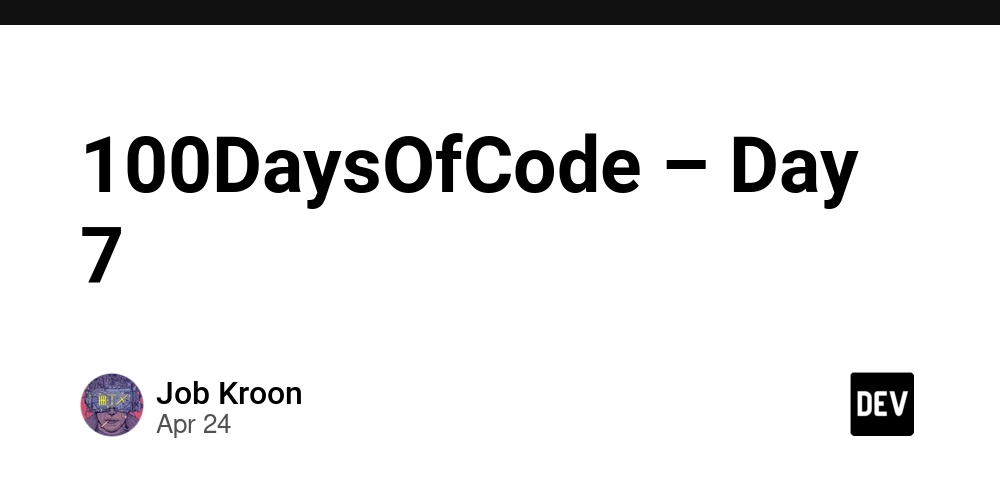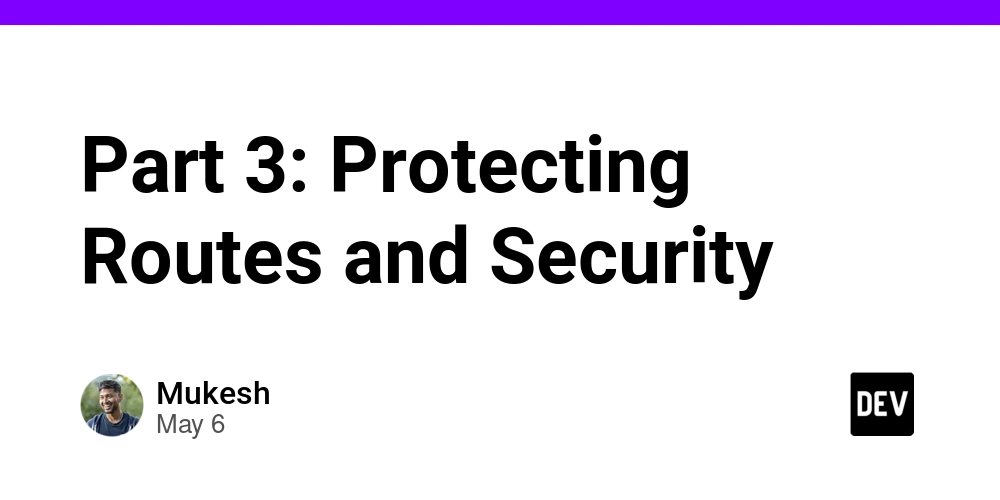How to Filter a Seq[A] to Option[A] in Scala?
In Scala, when dealing with collections such as Seq[A], you might often find yourself needing to filter elements based on specific properties. In testing scenarios, it's crucial to ensure that your sequences meet certain expectations, such as having at most one matching element. This article will explore an idiomatic way to filter a Seq[A] to an Option[A], throwing an exception if there are too many elements present. Understanding the Problem In your test code, you might have a sequence of values—you want to filter down these values to find those that match a specific property. The expectation is that there should be zero or one matching element. If your filter yields more than one result, it indicates a problem with your test setup that needs to be addressed immediately, hence throwing an exception. The Original Approach You mentioned using the following Scala code: val expected: Option[MyType] = values.filter(_.something) match { case v if v.size > 1 => throw new AssertionError("Error in test setup") case v => v.headOption } While this works correctly, there is a more idiomatic way to achieve the same result without the need for pattern matching. A More Idiomatic Solution Using collectFirst Scala provides a powerful collection method called collectFirst, which we can utilize here to achieve a cleaner solution. The collectFirst method is used to find the first element in the collection that satisfies a given condition. We can combine this with additional checks to ensure we still enforce our requirement about the number of elements in the filtered sequence. Filtering With collectFirst Here’s how you can implement a more idiomatic approach: val expected: Option[MyType] = { val filtered = values.filter(_.something) if (filtered.size > 1) throw new AssertionError("Error in test setup") filtered.headOption } In this code: We first filter the values using the .filter(_.something) method. We check if the resulting sequence filtered contains more than one element. If it does, we throw an AssertionError to indicate a setup issue. If it contains zero or one element, we use headOption which safely returns an Option[MyType]. This compact solution ensures clarity and maintains the expected behavior without being verbose. Using find with a Counting Function Alternatively, you can also achieve this by employing the find method alongside a counting structure, though this isn't as straightforward as the previous examples. val expected: Option[MyType] = { val matchingElements = values.filter(_.something) if (matchingElements.length > 1) throw new AssertionError("Error in test setup") matchingElements.headOption } Here, find can simplify conditions in scenarios where you're strictly looking for one item; however, since we need to count, filter is more appropriate. Why Use Option[A]? Using Option[A] instead of directly returning a value allows your code to express the concept of absence clearly. This makes your APIs safer and your intentions clearer. In Scala, using Option to handle nullable values is considered a best practice, promoting better error handling and reducing the likelihood of runtime exceptions due to null values. Conclusion In summary, filtering a Seq[A] to an Option[A] while enforcing the constraint of having at most one element can be effectively achieved using collectFirst or simply with structured conditional checks. Both approaches help keep your code clean and maintainable while ensuring that your tests correctly reflect your expectations. By adhering to these idiomatic patterns in Scala, you can avoid some common pitfalls and enhance the robustness of your test cases. Frequently Asked Questions 1. What should I do if my filter condition could possibly return multiple elements? If you suspect that your filter might return multiple valid elements, consider revising your logic to ensure that your data set is constructed appropriately before testing. 2. How do I handle scenarios where the sequence can be empty? Both methods mentioned will handle empty sequences appropriately by returning None instead of throwing an error.
![How to Filter a Seq[A] to Option[A] in Scala?](https://media2.dev.to/dynamic/image/width%3D1000,height%3D500,fit%3Dcover,gravity%3Dauto,format%3Dauto/https:%2F%2Fdev-to-uploads.s3.amazonaws.com%2Fuploads%2Farticles%2Fkr4s7rsnv8k7wkjefoiv.png)
In Scala, when dealing with collections such as Seq[A], you might often find yourself needing to filter elements based on specific properties. In testing scenarios, it's crucial to ensure that your sequences meet certain expectations, such as having at most one matching element. This article will explore an idiomatic way to filter a Seq[A] to an Option[A], throwing an exception if there are too many elements present.
Understanding the Problem
In your test code, you might have a sequence of values—you want to filter down these values to find those that match a specific property. The expectation is that there should be zero or one matching element. If your filter yields more than one result, it indicates a problem with your test setup that needs to be addressed immediately, hence throwing an exception.
The Original Approach
You mentioned using the following Scala code:
val expected: Option[MyType] = values.filter(_.something) match {
case v if v.size > 1 => throw new AssertionError("Error in test setup")
case v => v.headOption
}
While this works correctly, there is a more idiomatic way to achieve the same result without the need for pattern matching.
A More Idiomatic Solution Using collectFirst
Scala provides a powerful collection method called collectFirst, which we can utilize here to achieve a cleaner solution. The collectFirst method is used to find the first element in the collection that satisfies a given condition. We can combine this with additional checks to ensure we still enforce our requirement about the number of elements in the filtered sequence.
Filtering With collectFirst
Here’s how you can implement a more idiomatic approach:
val expected: Option[MyType] = {
val filtered = values.filter(_.something)
if (filtered.size > 1) throw new AssertionError("Error in test setup")
filtered.headOption
}
In this code:
- We first filter the
valuesusing the.filter(_.something)method. - We check if the resulting sequence
filteredcontains more than one element. - If it does, we throw an
AssertionErrorto indicate a setup issue. If it contains zero or one element, we useheadOptionwhich safely returns anOption[MyType].
This compact solution ensures clarity and maintains the expected behavior without being verbose.
Using find with a Counting Function
Alternatively, you can also achieve this by employing the find method alongside a counting structure, though this isn't as straightforward as the previous examples.
val expected: Option[MyType] = {
val matchingElements = values.filter(_.something)
if (matchingElements.length > 1) throw new AssertionError("Error in test setup")
matchingElements.headOption
}
Here, find can simplify conditions in scenarios where you're strictly looking for one item; however, since we need to count, filter is more appropriate.
Why Use Option[A]?
Using Option[A] instead of directly returning a value allows your code to express the concept of absence clearly. This makes your APIs safer and your intentions clearer. In Scala, using Option to handle nullable values is considered a best practice, promoting better error handling and reducing the likelihood of runtime exceptions due to null values.
Conclusion
In summary, filtering a Seq[A] to an Option[A] while enforcing the constraint of having at most one element can be effectively achieved using collectFirst or simply with structured conditional checks. Both approaches help keep your code clean and maintainable while ensuring that your tests correctly reflect your expectations.
By adhering to these idiomatic patterns in Scala, you can avoid some common pitfalls and enhance the robustness of your test cases.
Frequently Asked Questions
1. What should I do if my filter condition could possibly return multiple elements?
If you suspect that your filter might return multiple valid elements, consider revising your logic to ensure that your data set is constructed appropriately before testing.
2. How do I handle scenarios where the sequence can be empty?
Both methods mentioned will handle empty sequences appropriately by returning None instead of throwing an error.












![Life in Startup Pivot Hell with Ex-Microsoft Lonewolf Engineer Sam Crombie [Podcast #171]](https://cdn.hashnode.com/res/hashnode/image/upload/v1746753508177/0cd57f66-fdb0-4972-b285-1443a7db39fc.png?#)







_Andrey_Khokhlov_Alamy.jpg?width=1280&auto=webp&quality=80&disable=upscale#)






























































